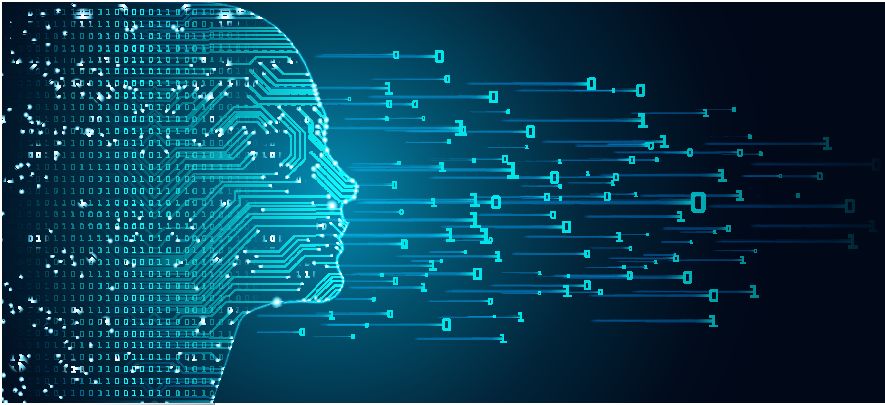What Is AI Edge Computing?

AI Edge Computing refers to the utilization and processing of artificial intelligence functions through edge networks. Artificial intelligence involves the use of complex systems and algorithms that enable machines to operate and make decisions based on analyzed data. Some applications of AI include the ability to make statistical predictions, anticipate user behavior, and interpret sensory input. The idea behind AI Edge Computing is to take all of these sophisticated solutions and optimize their use by bringing them closer to the source of data. The “edge,” as the term suggests, refers to solutions that facilitate data processing at or near the source of data generation, not just “data source”.
As the world becomes more and more digital, we see technology playing a large part in our everyday lives–for work, leisure, and even at home. The Pew Research Center, in a report from their interaction with technology experts, quotes the founder of Wired Magazine Louis Rossetto: “No product is made today, no person moves today, nothing is collected, analyzed or communicated without some ‘digital technology’ being an integral part of it.”
This is precisely why AI Edge Computing is an important shift in technological innovation. The demand for access to technology is increasing and digital solutions are moving closer and closer, expanding their presence in daily human life. With the growing volume of computational needs and the widespread demand, cloud computing–a solution that exists far away from everyday transactions–may no longer be sustainable. AI Edge Computing allows for:
- Faster processing of data – fewer steps needed for execution of operations
- Better security – reducing the exposure of data to risk
- Bandwidth savings – not having to compete with traffic in the cloud
How AI Edge Computing will change industries
- Manufacturing – According to a survey report from Automation World, 52 percent of respondents cited edge computing as the ideal model for production data analysis applications. Precision, speed, and reliability are key areas in which edge computing can improve the current design of manufacturing technology and facilities. AI can point out patterns in the system that can in turn indicate flaws in the manufacturing process, or strengths that can boost productivity.
- Automotive – Mashable reports that data generated from driverless cars is estimated to be at 0.75 gigabytes per second. The volume of data alone is limiting to the capabilities of smart cars. Since analysis of sensory input is the most critical component of any smart automotive solution, edge computing is now a necessity for the industry. Seamless and faster processing means that analysis can happen real-time, enabling more timely and accurate driver decisions.
- Healthcare – In the field of healthcare where diagnostics and monitoring are essential to patient care, the need for IoT solutions is inevitable. The sources of data are the patients themselves and the closer the processing happens, the better–for speed and accuracy of information and for the patient’s comfort and accessibility. Through more wearable technology, edge computing gives the healthcare industry the opportunity to expand the scale of its services. AI can spot the most prevalent medical conditions that occur frequently in medical centers in one district; given this knowledge, the administrators can come up with programs that will address the needs of the many patients who come to them with said condition.
Innovating with AI Edge Computing
The use of Artificial Intelligence is a competitive advantage for many industries. And while many organizations have adopted and innovated with various AI solutions, execution and results will always determine the key differentiator. The advantage of AI Edge Computing is not only in its potential to power high-quality products; AI Edge Computing bridges technology to the customer to a whole new level–closer to where they are, faster, and with better security.